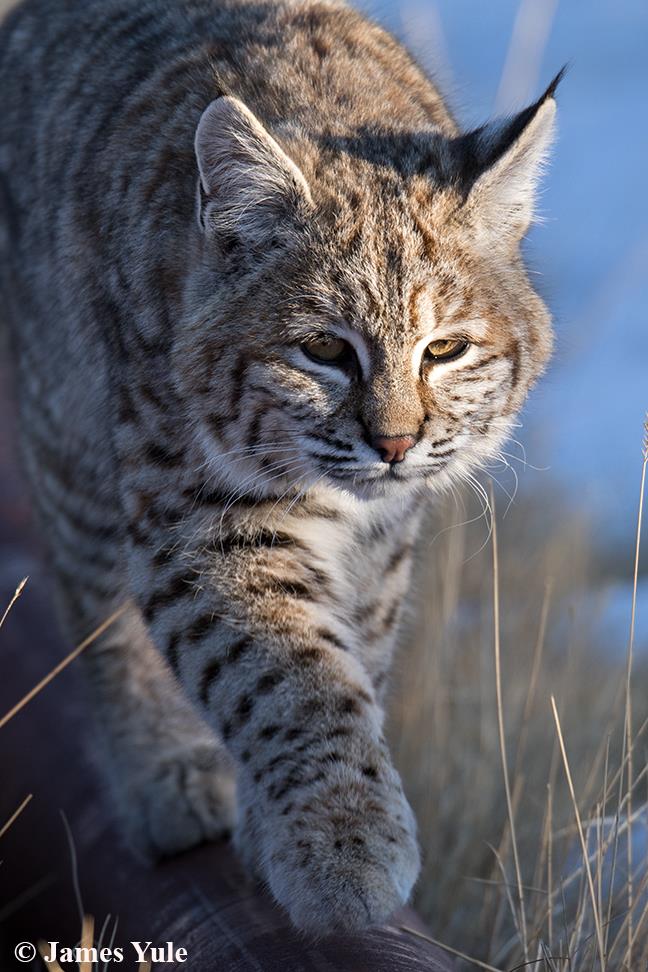2018 Fur Prices: NAFA May Fur Auction Results
2018 Fur Prices: NAFA May Fur Auction Results
Wyoming bobcats are the favored choice by resident and non-resident trappers in our state during the furbearer trapping season. Why? Western bobcats have gorgeous spotted bellies which are preferred for commercial trade to foreign countries – averaging $391.
What would you prefer, this beauty valued for her contributions to a healthy landscape over her lifetime, or a victim to one trapper for a $45 harvest license?
____________________
The results are more of the same. Fur prices have remained pretty much flat the entire selling season, without any significant movement in either direction for most species.
Continuing at its high point in the fur market, coyote sold well again. 100% of the heavy western coyotes sold at an average of just over $100! Semi heavies averaged $55, eastern coyotes averaged $44, and Section III, which are mainly unprime and low-quality fur sold for around $15.
On the other end of the spectrum, beaver prices are still in the dumps, with the hatter market providing the only market floor. Eastern Beaver averaged $13.65, Westerns went for $11.74, and southern $11.13. At this point, there’s almost no difference in value between a heavy, prime midwinter beaver pelt from up north, and a flat southern pelt. “The offering of beaver was quite small, and I suspect opportunities for damage control trapping will be on the rise this summer due to overpopulation in many areas.”
Otter sold for around $26.
Wild mink averaged $14.16, which is higher than normal, but only 40$ sold – probably the best ones.
Muskrat averaged $3.51.
Only half of the fisher sold, and they averaged $43.30.
Marten prices were all across the board, ranging from $30 for the large semi heavies (Maine and southern Canada marten), all the way up to $96 for the very biggest heavy pelts (Alaska and northern Canada-caught).
Raccoon also ranged widely in price, from around $6 to $17, but a full third of the pelts offered didn’t sell.
The better bobcats did well, with heavy, well-spotted Western cats averaging $391. After that, prices dropped off pretty significantly, with the remainder of the cats averaging $48 – $87.
Most lynx did not sell, but the ones that did averaged around $75.
Photo: A rare sighting and photo of a Wyoming bobcat courtesy of James Yule. Take a look at his amazing photography James Yule. Thank you James!
@jameslyule



